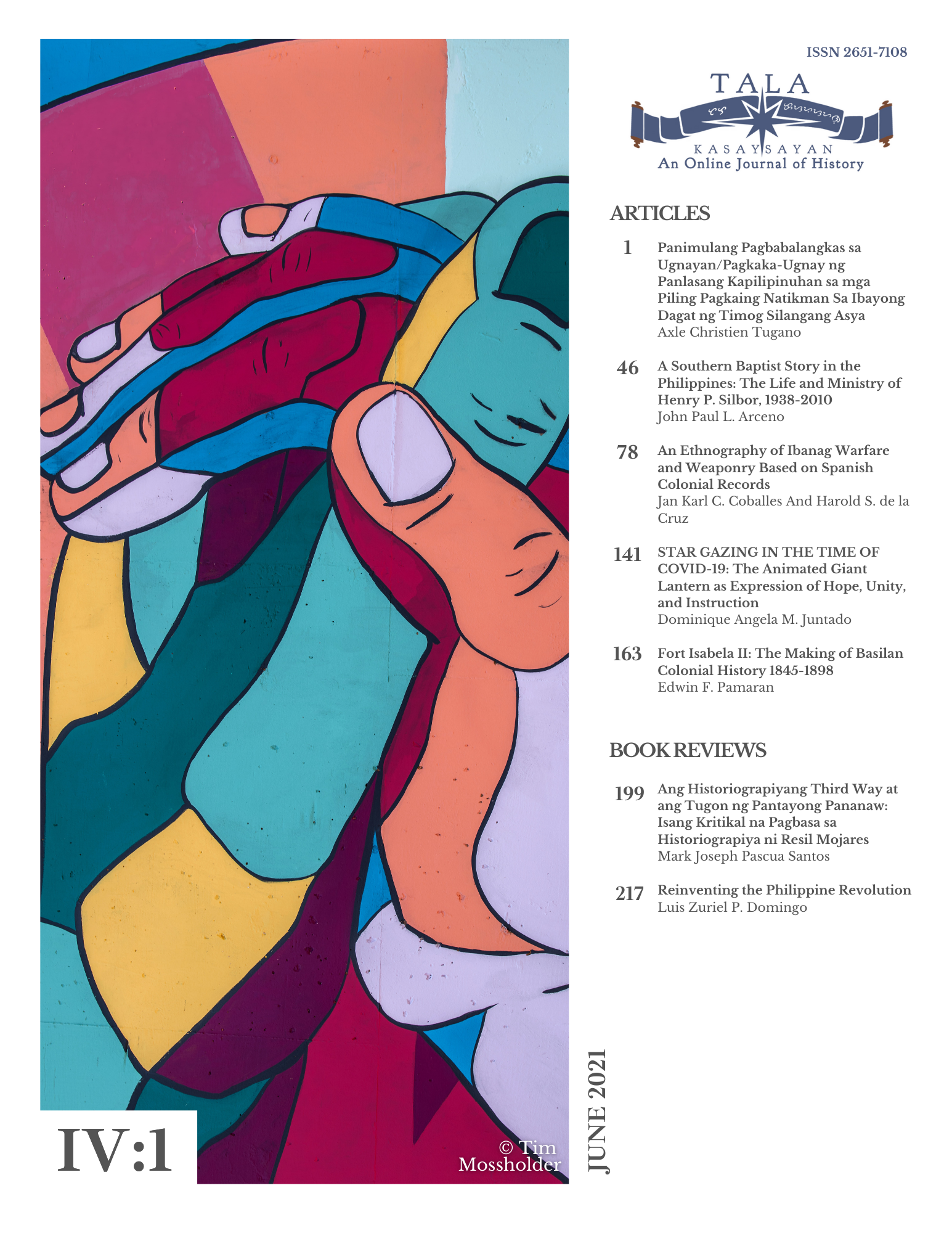An Ethnography of Ibanag Warfare and Weaponry Based on Spanish Colonial Records
Keywords:
Ibanag, warfare, weaponry, pre-colonial, cultureAbstract
The Ibanag of Cagayan Valley in Luzon are among the many lowland-dwelling ethnic groups in the Philippines who were heavily acculturated during the Spanish period, adopting foreign customs, religion, and material culture. As such, many native Ibanag practices and technology went extinct and became forgotten in the modern era such as weaving, goldworking, headhunting, and the forging of weaponry. However, through the pioneering effort of historian William H. Scott, as seen in his work, Barangay, a general glimpse of Ibanag pre-colonial culture and society is now accessible. However, this ethnography on the Ibanag is largely expandable, serving as a foundation for the continued reintroduction and visualization of specific aspects of lost Ibanag culture, such as the conduct of warfare.
It is then the goal of this paper to broaden what Scott had depicted, particularly about Ibanag warfare and weaponry in a separate ethnography, to provide an extensive portrayal of related native practices, concepts, materials, and worldviews inherent among the Ibanag that became obsolete due to adoption of Western culture and religion.
The study involved perusing references used by Scott such as Jose Bugarin’s Diccionario Ybanag-Español, Diego Aduarte’s Historia de la Provincia del Sancto Rosario de la Orden de Predicadores, and the Boxer Codex. Information from these primary sources were melded and triangulated with various supplemental texts, along with comparisons to similar documented customs, extant material culture, and terminologies present in proximate ethno-linguistic groups. This, along with analyses and proposals on martial concepts were necessary in the composition of the ethnographic narrative.
The paper was limited to employing key references that are only available to the researchers, all of which are Spanish colonial period texts. As such, the study itself, like Scott’s ethnography on the pre-colonial Ibanag, is expandable until other potentially significant sources can be accessed.
Keywords: Ibanag, warfare, weaponry, pre-colonial, culture




